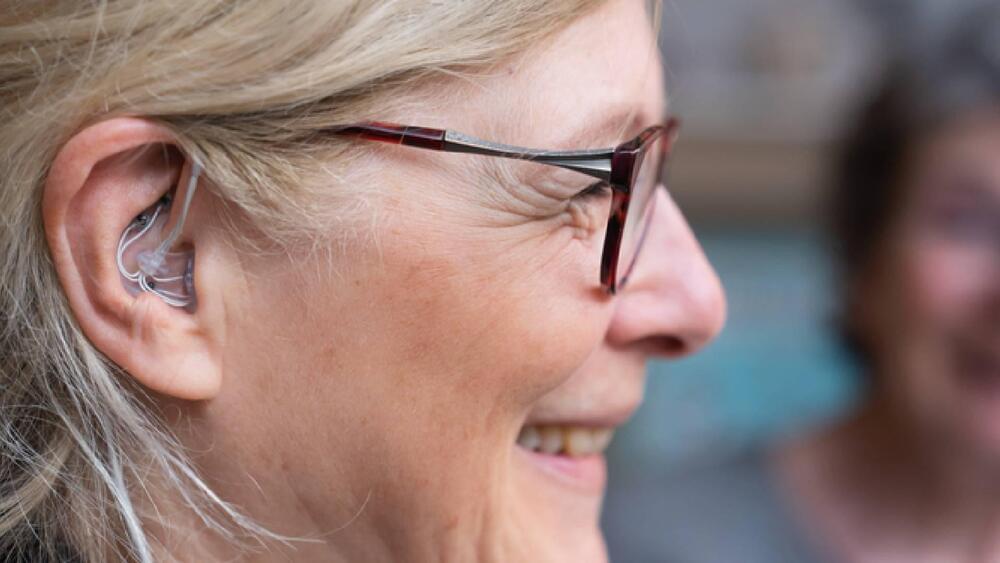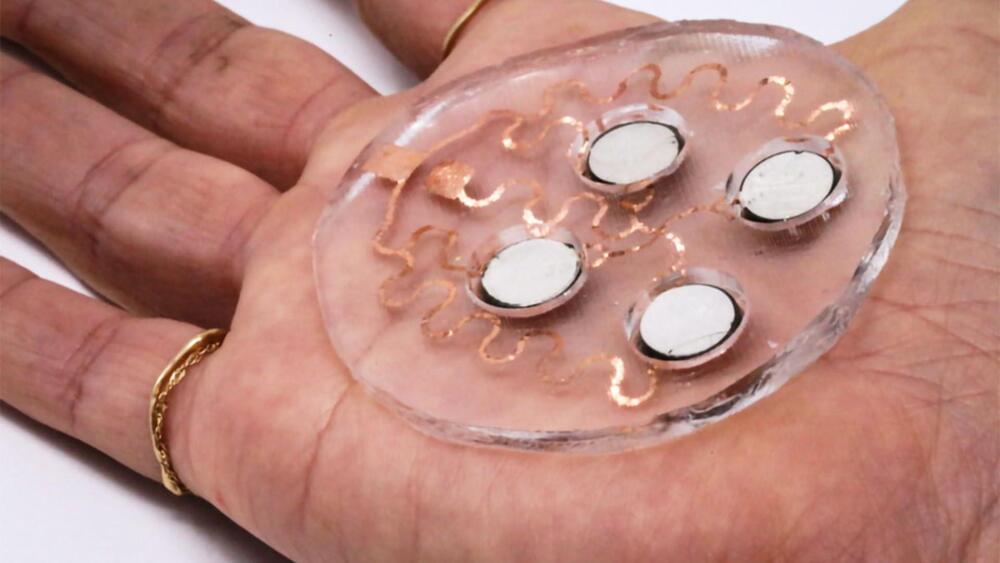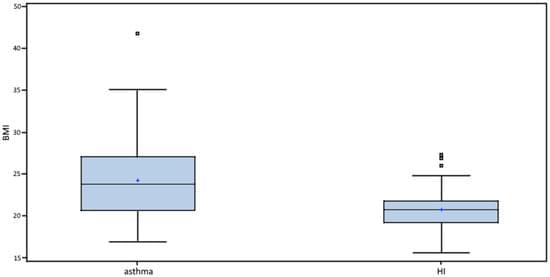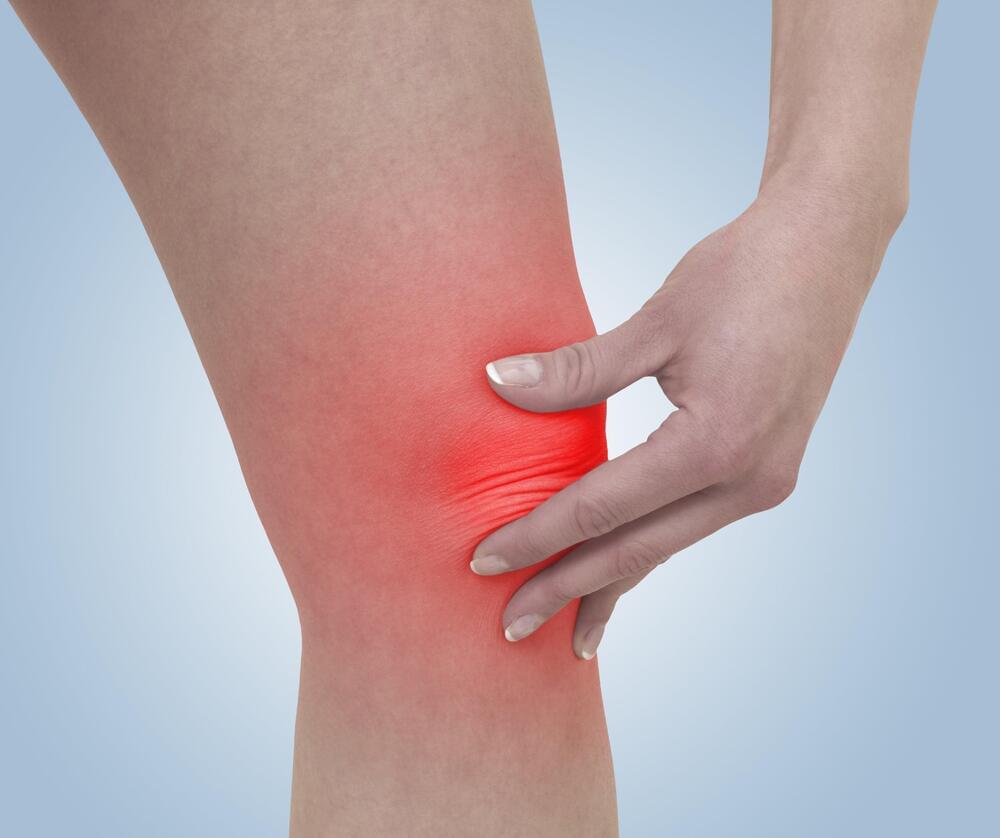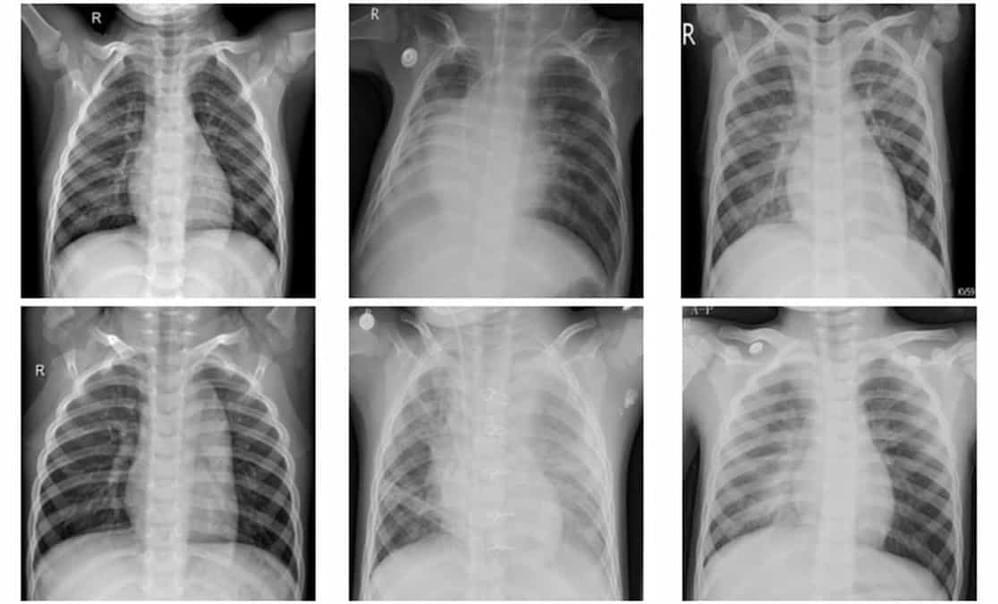Learn How to Prevent and Heal Cancer Using Natural, Holistic and Integrative Methods from World Leading Doctors and Cancer-Conquerors.
Archive for the ‘biotech/medical’ category: Page 587
Apr 26, 2023
Opinion letter from Ray Kurzweil on request for 6 month delay on large language models that go beyond GPT-4 « Kurzweil
Posted by Dan Kummer in categories: biotech/medical, education, health, Ray Kurzweil, robotics/AI
Kurzweil says NO, on AI pause non sense.

By Ray Kurzweil April 2023
Apr 25, 2023
New study reveals a gel that promises to wipe out brain cancer for good
Posted by Gemechu Taye in categories: biotech/medical, neuroscience
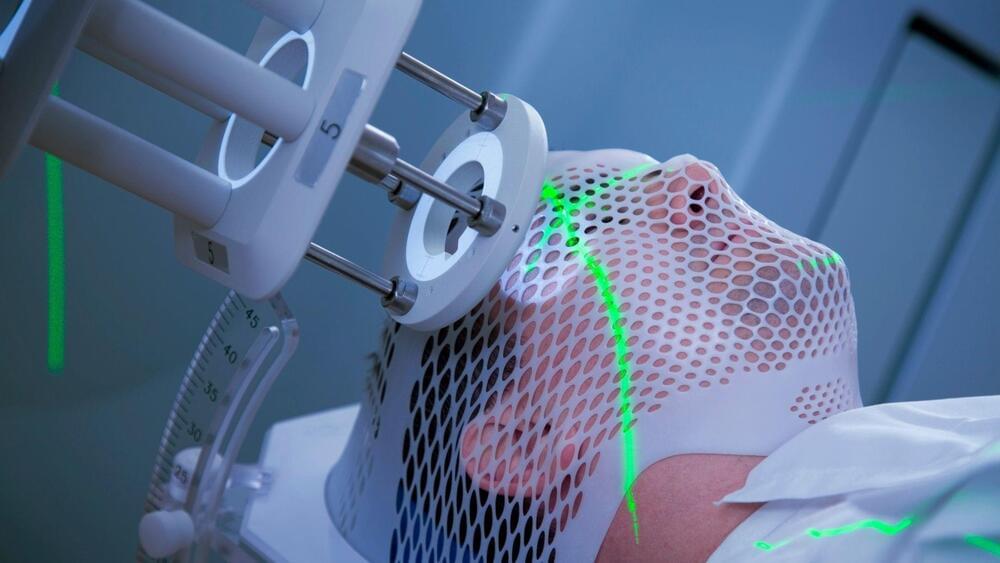
An anti-cancer gel promises to wipe out glioblastoma permanently, a feat that’s never been accomplished by any drug or surgery. So what makes this gel so special?
Scientists at Johns Hopkins University (JHU) have developed a novel gel that both eliminates brain cancer (glioblastoma) and keeps it from recurring. When they tested this anti-cancer gel on mice with glioblastoma, surprisingly, all the mouse models were cured of the illness.
Continue reading “New study reveals a gel that promises to wipe out brain cancer for good” »
Apr 25, 2023
New ‘ear-EEG’ device could be used for early detection of neurodegenerative disorders
Posted by Gemechu Taye in categories: biotech/medical, engineering, life extension, neuroscience
A new project called Progression Assessment in Neurodegenerative Disorders of Aging or PANDA aims to detect subtle changes in a person’s sleep patterns that may indicate the onset of Alzheimer’s or Parkinson’s disease. The collaboration of this four-year project involves Rigshospitalet University, Denmark’s Aarhus University, and MedTech company T&W Engineering. The project has received funding of DKK 15 million to develop and test a small earbud-like experimental device that can detect the early signs of these diseases.
The Ear-EEG Technology
Unlike the traditional sleep-monitoring systems that require a person to stay in a clinic with multiple electrodes attached to their body, the ear-EEG allows for comfortable, long-term use at home. The device monitors electrical activity in the brain by measuring tiny voltage changes on the skin surface within the ear canal. It is also equipped with an oximeter for measuring blood oxygen levels, a microphone for monitoring respiration and heart rate, and a thermometer for measuring body temperature.
Apr 25, 2023
Novel wearable patch allows for painless drug delivery through the skin
Posted by Gemechu Taye in categories: biotech/medical, wearables
MIT
“Delivering drugs this way could offer less systemic toxicity and is more local, comfortable, and controllable,” said Canan Dagdeviren, an associate professor in MIT’s Media Lab and the senior author of the study, in a statement.
Apr 25, 2023
Grimes says anyone can use her voice for AI-generated songs
Posted by Quinn Sena in categories: biotech/medical, robotics/AI
Apr 25, 2023
Bronchial Asthma as a Cardiovascular Risk Factor: A Prospective Observational Study
Posted by Shubham Ghosh Roy in category: biotech/medical
Introduction: Asthma as a chronic inflammatory disorder has been suggested as a risk factor for endothelial dysfunction (ED), but studies on the association between asthma and cardiovascular disease (CVD) risk are limited. Background: We assessed associations of ED with the severity of asthma, eosinophilic inflammation, lung function, and asthma control. Methods: 52 young asthmatics (median age of 25.22 years) and 45 healthy individuals were included. Demographic, clinical, and laboratory findings were recorded. We evaluated microvascular responsiveness by recording the reactive hyperemia index (RHI) indicating post-occlusive peripheral endothelium-dependent changes in vascular tone using the Itamar Medical EndoPAT2000. VCAM-1, ADMA, high-sensitive CRP (hsCRP), and E-selectin were measured. Results: Asthmatics had considerably lower RHI values (p < 0.001) with a dynamic decreasing trend by asthma severity and higher hsCRP levels (p < 0.001). A substantial increase in hsCRP and E-selectin with asthma severity (p < 0.05) was also observed. We confirmed a higher body mass index (BMI) in asthmatics (p < 0.001), especially in women and in severe asthma. Conclusions: We demonstrated the progression of CVD in asthmatics and the association of the ongoing deterioration of ED with the inflammatory severity, suggesting that the increased risk of CVD in young asthmatics is dependent on disease severity. The underlying mechanisms of risk factors for CVD and disease control require further study.
Apr 25, 2023
New Gel Shows Remarkable Success in Stopping Brain Tumors in Mice — ‘We Don’t Usually See 100% Survival’
Posted by Genevieve Klien in categories: biotech/medical, neuroscience
Scientists at Johns Hopkins University have developed a revolutionary gel that cured 100% of mice with aggressive brain cancer, offering new hope for treating glioblastoma, one of the deadliest brain tumors in humans.
Apr 25, 2023
Changes In Composition Of Joint Lubricant Causes Osteoarthritis, Study Says
Posted by Genevieve Klien in category: biotech/medical
The changes in the composition of joint lubricant may lead to osteoarthritis, a new study shows.
Osteoarthritis is a bone disease that primarily targets joints after the cushioning system between the ends of two bones suffers wear and tear. The rupture of the protective layer, known as the synovial joint, leads to the degeneration of the articular cartilage that forms the synovial joint.
The latest study has indicated that changes in the composition of the fluid present in the synovial joints, named synovial fluid, actually cause osteoarthritis. The study, published in Biointerphases, showed that changes in the composition of synovial fluid reduce its ability to lubricate the articulating cartilage tissue, thereby leading to cartilage damage.
Apr 24, 2023
Machine learning framework classifies pneumonia on chest X-rays
Posted by Shubham Ghosh Roy in categories: biotech/medical, cybercrime/malcode, education, mathematics, robotics/AI
Pneumonia is a potentially fatal lung infection that progresses rapidly. Patients with pneumonia symptoms – such as a dry, hacking cough, breathing difficulties and high fever – generally receive a stethoscope examination of the lungs, followed by a chest X-ray to confirm diagnosis. Distinguishing between bacterial and viral pneumonia, however, remains a challenge, as both have similar clinical presentation.
Mathematical modelling and artificial intelligence could help improve the accuracy of disease diagnosis from radiographic images. Deep learning has become increasingly popular for medical image classification, and several studies have explored the use of convolutional neural network (CNN) models to automatically identify pneumonia from chest X-ray images. It’s critical, however, to create efficient models that can analyse large numbers of medical images without false negatives.
Now, K M Abubeker and S Baskar at the Karpagam Academy of Higher Education in India have created a novel machine learning framework for pneumonia classification of chest X-ray images on a graphics processing unit (GPU). They describe their strategy in Machine Learning: Science and Technology.

